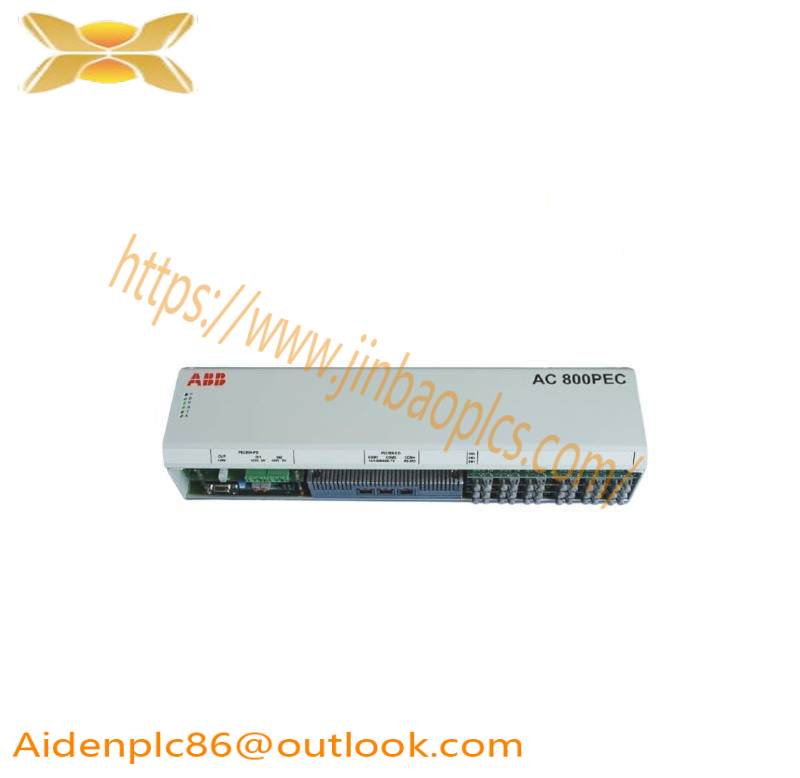The AC 800PEC is the perfect way to unite the system design capabilities of ABB’s ControlIT with the control and simulation capabilities of MATLAB® / Simulink®. Quick implementation of complex control algorithms (e.g. model predictive control) reduces development cycles and costs. Furthermore, the system is open to future technologies.
Implementation of the AC 800PEC software on the three performance levels provides an exceptional range of control and communication functionality:
Level 1: System engineering (ControlIT) ABB’s ControlIT supports all 5 IEC61131-3 programming languages and uses ABB’s Control Builder as the programming tool. This is the level on which system engineers implement functions that do not require high-speed performance but demand quick and easy adaptation to a specific project. AC 800PEC controllers can also be fully integrated into ABB’s 800xA automation systems.
Level 2: Product & control development (MATLAB / Simulink™)
Fast closed-loop control applications are designed using MATLAB® / Simulink®. C-code is automatically generated and downloaded to the embedded device using Real-Time Workshop® from MathWorks®.
Typically, it is on this level that control developers will implement the control, the protection, the state machine and other functions.
Level 3: Communication & very fast logic (VHDL)
Extremely fast processes are programmed in VHDL. Protocols and some control logic requiring extremely short cycle times are implemented on this level. The standardized tasks are available as firmware modules and are not accessible to the application developers.
Modularity and connectivity for any size and performance
Scalability in size – from small and compact to large and modular
For any application size, the optimum hardware configuration is easily achieved: the processing power can either be centralized at one location with distributed logical I/O devices, or intelligent I/O devices can carry out specific tasks in the field to enhance performance and relieve the central processor.
Three system architectures provide scalability from small and compact to large and modular systems:
Compact
One processor module with integrated, fast I/O devices. This
configuration is ideally suited for:
− Smaller applications
− Limited-space applications
− Intelligent field devices, e.g. subsystems in distributed applications
Standard
One processor module with separate, fast logical I/O devices. This configuration is ideally suited for:
− Standard industrial applications with central processing
− Small applications with detached, fast I/O
Modular
One or several central processor modules with separate, fast, intelligent I/O and fast logical I/O devices. Full and trouble-free integration into higher-level plant control systems as well as future expansions and reconfigurations are easy thanks to the fully modular architecture.
Scalability in performance – you and your process define
what you need
Your process defines the required performance level. Several
pre-configured software packages are available for easy and
straightforward engineering:
− DCS (Distributed Control System)
− Processing cycle times down to 1 ms
− Use of slow I/O
− Programming in Control Builder
− PLC (Programmable Logic Controller)
− Processing cycle times down to 1 ms
− Use of fast and slow I/O
− Programming in Control Builder
− PAC (Programmable Automation Controller)
− Cycle times down to 100 μs
− Use of fast and slow I/O
− Programming in MATLAB/Simulink and Control Builder
Process interfaces for any speed The AC 800PEC provides two kinds of I/O – fast and slow. Whereas the fast I/O system covers read and write operations requiring less than 1 ms, the slow I/O system covers speeds above 1 ms.
The fast I/O system is AC 800PEC specific, using devices connected exclusively via fiber optic links, and brings substantial advantages compared to electric concepts:
− Fast communication between controller and I/O devices
− High immunity to electromagnetic interference
− Potential-free connections, making isolating transmitters obsolete The slow I/O modules from ABB’s S800 system can be added to any configuration, depending on project needs
Related recommendations:
PM864A
PM825 3BSE010796R1
PM863K01 3BSE088381R1
AC800F 3BDH000002R1
PM857K01
PM865K01 3BSE031151R1
PM860K01 3BSE018100R1
PM856K01
PM861AK01 3BSE018157R1
PM864AK01 3BSE018161R1
3BDH000606R1 PM875-2
PM856AK01 3BSE066490R1
PM803F 3BDH000530R1
3BSE050201R1 PM866-2
PM866K02 | 3BSE050199R1
CPM810
more……






